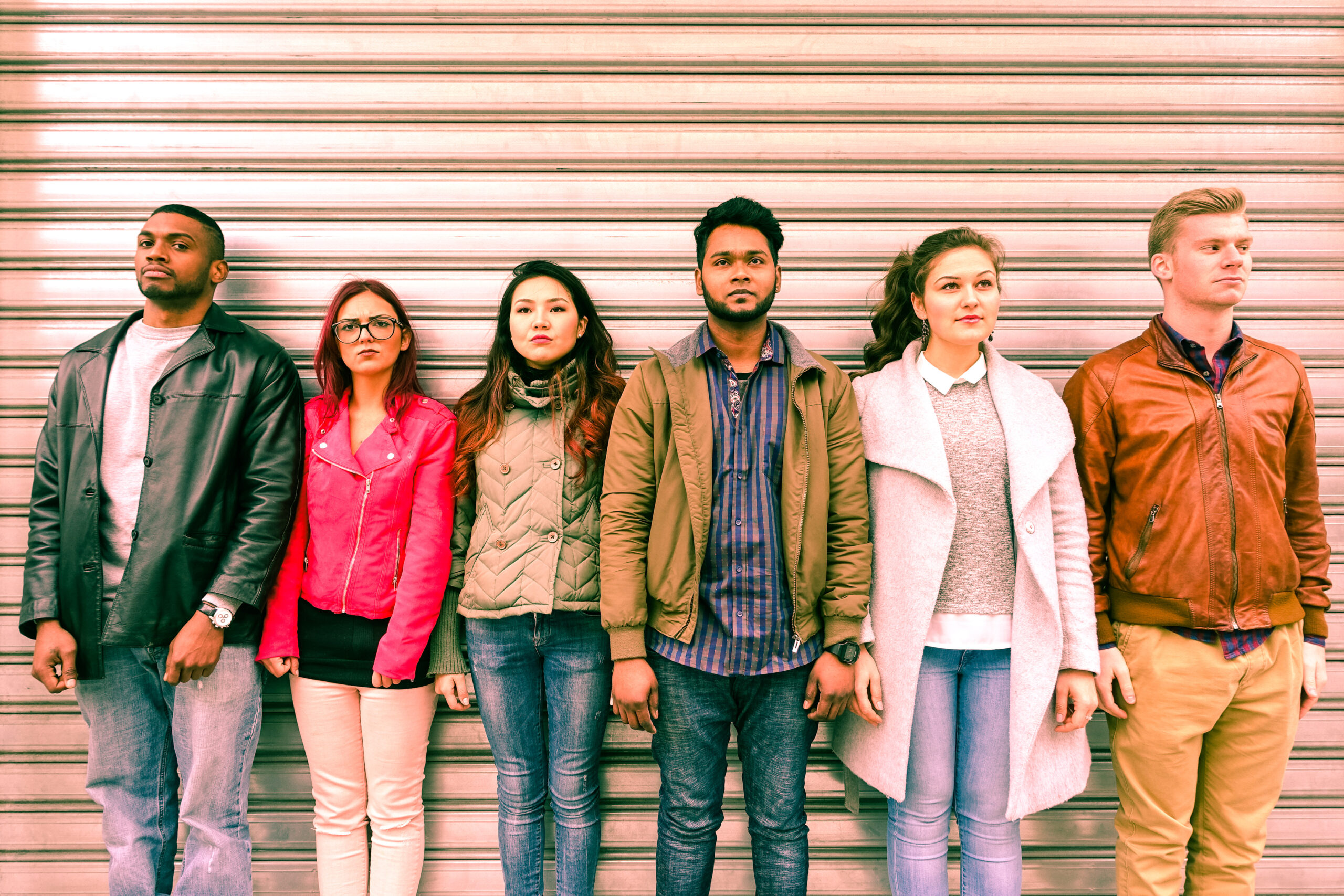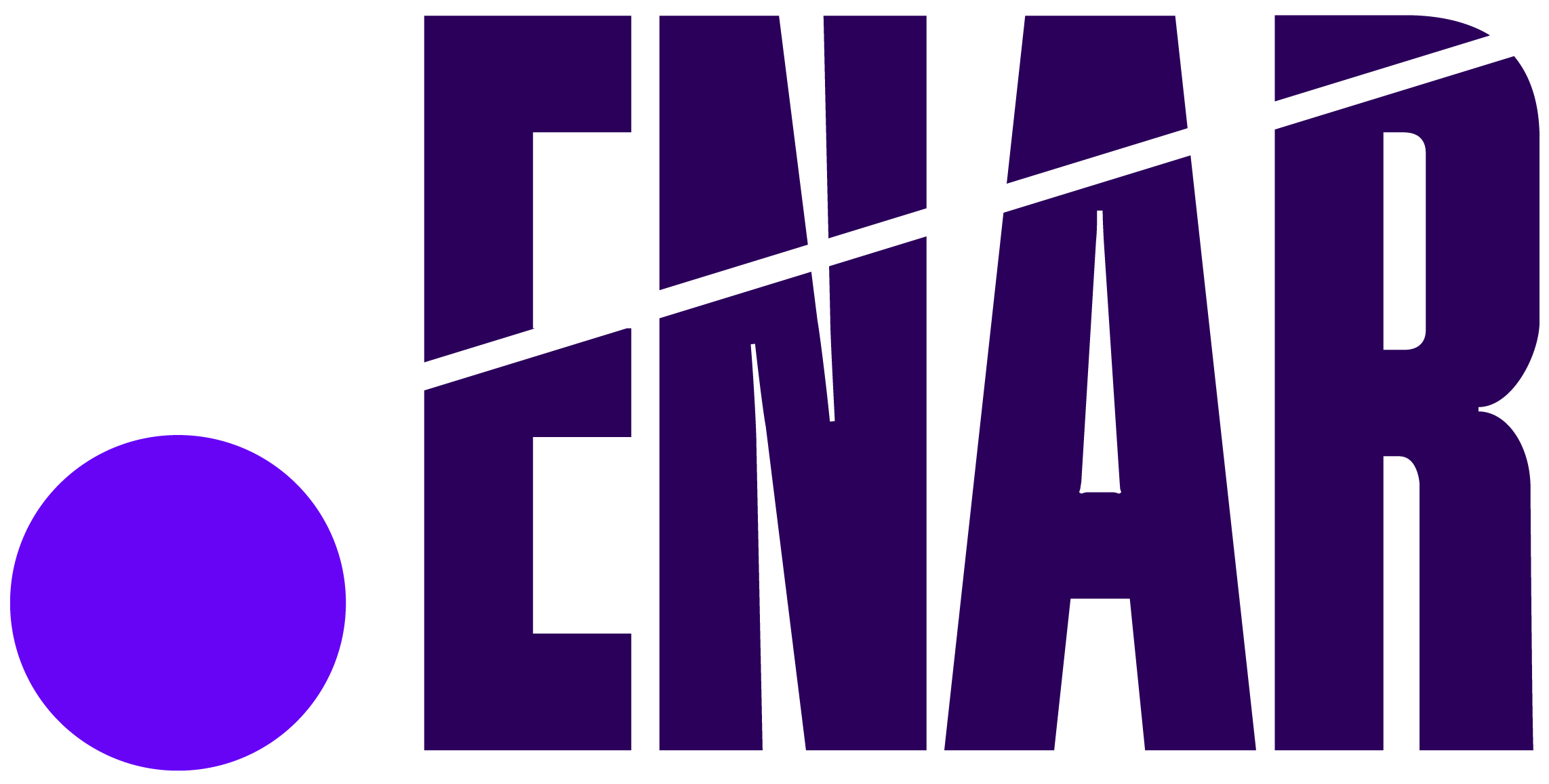
Why intersectionality is relevant for a fairer Europe
The question for Europe now is not if discrimination and exclusion exist but rather how intersectionality serves as a tool to create a fairer, socially just, and more inclusive Europe for everyone.
The ‘Great Equalizer’
Initially hailed as the ‘great equalizer’, the COVID-19 pandemic has, in reality, exposed the depth of institutional, structural, and systemic discrimination and inequality in our societies. Furthermore, in the wake of the murder of George Floyd by the police in the United States, and global solidarity protests, the calls for dialogue and action to ensure racial equity in Europe have grown. The question for Europe now is not if discrimination and exclusion exist but rather how intersectionality serves as a tool to create a fairer, socially just, and more inclusive Europe for everyone.
Introduction to Intersectionality
Intersectionality is an analytical approach, a legal and policy tool, and a theoretical concept that captures the various layers of advantages and disadvantages everyone experiences based on societal and structural systems. These systems include racism, capitalism, and patriarchy, their by-products: classism, ageism, homo- and transphobia, cis- and heterosexism, fatphobia and others. Conceptualised in the late 1980s by US scholar Professor Kimberlé Crenshaw, intersectionality looks at the interwoven nature of social categories on multiple and simultaneous levels. It seeks to centre the underlying systems of oppression in anti-discrimination. In Europe, however, a widespread reluctance to face the significance of race particularly, the reality of racism, and the resulting knowledge gaps (e.g. the absence of robust equality data), hinder practical, holistic anti-discrimination and equity efforts.
“Intersectionality is an analytic sensibility, a way of thinking about identity and its relationship to power” (Kimberlé Crenshaw, 2015). Intersectionality brings the perspective of many people within marginalised communities to the fore, perspectives that are often rendered invisible by the conceptualisation of those same communities. Intersectionality emerged from the 1976 case DeGraffenreid v. GENERAL MOTORS, which argued that the company’s ‘last in, first out’ policy discriminated against Black women. In an environment where jobs that were available to Black people in the company only hired men, and jobs available to women, only accepted white applicants, Black women were inherently excluded from opportunity because of the intersection of their identities as Black and women. Their case was dismissed but spurred Kimberlé Crenshaw to coin the term intersectionality to articulate the gaps existing within legal and social frameworks that only consider one dimension of identity or potential discrimination based on identity (Crenshaw, 2015).
Intersectionality is a legal tool in anti-discrimination law because it helps close protection gaps. In many jurisdictions, anti-discrimination law functions using a single axis perspective solely, meaning that a plaintiff or community of people have to prove that the discrimination they faced cause them harm based on only one characteristic. If one has a situation in which intersectional discrimination took place, it makes it difficult to prove in court because anti-discrimination law works mainly with comparators. E.g., A Sikh man is denied a front office position at a bank through virtue of his turban. If the plaintiff were to argue religious discrimination in court, he would most likely use a non-religious applicant comparator or someone without religious dress. When it comes to discrimination of two mutually reinforcing characteristics, like religion and sex (e.g. in the case of the headscarf ban in Europe) for example, the comparator task becomes more complicated.
In the DeGraffenreid v. GENERAL MOTORS example, in which only Black women were let go as part of a ‘last in, first out’ policy, the courts ruled that discrimination did not take place because white women were not let go; thus it was ruled that there was no sex discrimination and Black men were not let go, thus ruling that there was no race discrimination. “The unique disadvantages suffered by Black women thus fell through the cracks of both sex and race discrimination.” (Shreya Atrey, Intersectional Discrimination).
Intersectionality is a policy tool because it encourages us to consider how policies affect people and communities with different identities and potentially suffering from different systems of oppression. For example, the Berlin policy to fight the disproportionately high rates of youth unemployment in the city provides a useful example of how intersectionality in policy could improve implementation and outcomes. The policy aims to support youth from economically disadvantaged backgrounds, coming from families that might not have the social capital to ensure their children attain gainful employment or higher education. Interventions under this program, thus primarily focus on youth education for the labour and educational market, providing insights into the application process, and how to market oneself through a CV or cover letter, etc. However, for youths targeted under this programme who are also Black or of Colour, or outwardly religious or have a name that is not connoted as being “German”, the job market brings additional challenges beyond the support provided in the youth employment policy. Applicants from marginalised communities, described above, report instances in which they are asked to answer questions in interviews that have nothing to do with a certain job or are turned away before the interview step altogether. For this policy to decrease youth unemployment in Berlin more effectively, it must take into account all youths’ experiences, adopting an intersectional approach first to learn what the underlying problems and systems are that are creating unemployment.
Without Intersectionality, Even Our Best is Insufficient: The Case of Germany
Germany has received domestic and international praise for its swift and transparent response to the COVID-19 pandemic. In March, the Federal Government approved an aid package that included support for small businesses and self-employed entrepreneurs, unemployment benefits for laid-off workers, relaxed rent restrictions, and other protections aimed at strengthening the social security net during the pandemic.
Still, refugees and asylum seekers, people living with disabilities, People of Colour, among other communities that were already in precarious circumstances, were made more vulnerable by the pandemic as a result of discrimination and existing inequalities in information accessibility and service provision. For example, self-isolation and social distancing restrictions did not account for feasibility in crowded refugee facilities without access to decent hygiene. This problem is especially disturbing in individual facilities where increasing numbers of people were testing positive for coronavirus. Self-isolation policies also failed to consider the unstable situations of victims of domestic violence, the impact of suspending in-person services for people living with disabilities, the effects of school closures on gender dynamics, or particularly on single-parent households. Another example of the importance of intersectionality in devising policy responses is that despite multilingual translations of COVID-19 information for the public, information about the virus and its spread was inaccessible for the deaf and the homeless population until advocates called for tailored materials.
Discrimination and marginalisation have continued throughout the pandemic. Incidents of racism have increased against people perceived to be of Asian descent (and in some cases people of African descent), being verbally attacked in public spaces or denied services or medical treatment according to the German Federal Anti-Discrimination Agency. Additionally, Eastern European migrant workers are being flown into Germany to harvest agricultural produce, raising concerns about their safety and working conditions.
Compounding all these reports and challenges in providing comprehensive support throughout the pandemic is the fact that the national statistics do not provide a holistic picture of the pandemic’s impact in communities marginalised by discrimination. Missing from the daily statistics on the pandemic is the distribution of cases among People of Colour, refugee communities, people living with disabilities, people living in poverty, and other affected minority groups. Without data, marginalised communities cannot advocate for evidence-informed policy responses, rendering some communities invisible yet again.
Should we return to ‘normal’?
Until recently, protests against the lockdown measures gained momentum in Germany, Europe, and the US, with many conservative groups arguing that lockdowns curtailed civil liberties. While frustration with being restricted is understandable, more concerning was how in the name of ‘returning to normal’ protests supported reinforcing systems of inequality. In the wake of health systems struggling to care for all, ageism has been reinforced by calls for the prioritisation of younger lives over older ones. Lockdowns that were enforced by police enabled punitive policing. And in cases like France, where policymakers acknowledge the police were patrolling more impoverished neighbourhoods at twice the rate of more affluent neighbourhoods, the resulting violence is indicative of systemic police brutality that criminalises more impoverished communities, and communities of Colour. People living in poverty and People of Colour became the foot soldiers in the essential workers’ workforce exposed to coronavirus. Yet, their work ensures that the more privileged can self-isolate and stay at home. And camps housing migrants and asylum seekers remained open, even as they were filled beyond capacity and inadequately equipped to manage the crisis.
The recent wave of growing global resistance signals the imperative of a paradigm shift that addresses these hierarchies of exclusion, now. The solidarity protests across continents demanding justice for George Floyd (the black man who was killed by the police in the United States), accountability for Adama Traoré (a black man who died in French police custody in Paris, in 2016), and for many others who been affected by police violence, show why this change needs to happen now. This movement expresses the frustration with the interconnected, and profound inequality that existed in our communities long before the pandemic began. We cannot return to normal because it was never good enough, fair enough, or just enough.
Intersectionality as a new “normal”?
In her 2016 TED talk, Professor Kimberlé Crenshaw calls us to understand how intersecting forms of violence reinforce oppression. Intersectionality provides a framework with which to identify institutional and systemic discrimination and provides the tools to transform institutions, organisations, and systems. Intersectional principles offer a lens to challenge our current approaches and pandemic response to identify potential solutions. It is essential to learn from marginalized communities, understand that the pandemic affects communities differently, and examine how privilege and ignoring issues like race and class will not erase the harm these social constructs inflict on communities.
For example, intersectionality highlights the importance of having representative data and information about the extent of the pandemic in communities marginalised by colonialism, exclusion, and poverty. This understanding of the pandemic empowers communities and policymakers to develop intentional, targeted interventions in response to the crisis. But intersectionality also reminds us that data and information are only the beginning. We must also undergo a “basic and radical alteration in those assumptions underlining our lives” (Audre Lorde).
As an analytic sensibility, legal and policy tool, intersectionality can help shift our perspectives on present national dialogues and responses in the post-COVID-19 world. It forces us to ask the hard questions: can we continue to focus on productivity in a capitalist framework that ignores the challenges primary caregivers, single parents, larger families, impoverished communities, and many others face at this time? Can we continue to undervalue essential work, and ignore the number of immigrants and People of Colour who are essential workers and how systems of inequality impact the nature of their work and their communities?
An intersectional perspective broadens our solutions for remote living, schooling, and working when we ask how to achieve genuinely equitable access for differing communities. In particular, for people whose homes are not safe spaces, intersectional analysis is relevant for designing an inclusive approach to remote learning, studying, or working.
Finally, as the pandemic’s environmental impact re-energizes the dialogue on climate change, intersectional justice can be a guiding principle that helps avoid ecofascist rhetoric or state-sanctioned population control in the name of climate justice. An intersectional analysis is necessary across multiple disciplines and policy responses to understand structural barriers and create benchmarks that map a path towards strategic and practical solutions against systemic exclusion, discrimination, and social inequalities.
Working towards change today
Organisations are already assisting those in need during the pandemic, with programmes to support LGBTQIA and womxn, campaigns for safe accommodation for the homeless populations and calls for support to parents and families during the pandemic. Globally one initiative has coordinated over 300 activists in 29 countries to campaign for equity in access to the COVID-19 vaccine for everyone. If successful, the campaign would fundamentally shift the vaccine development process for future pandemics. The Center for Intersectional Justice also developed an open-source tool, the Factsheet: Intersectionality at a Glance in Europe, to help organisers and institutions create intersectional and inclusive post-COVID-19 policies.
Despite these essential efforts, organisers and communities still need support from national institutions to bring more intersectional perspectives to the fore, particularly for policy interventions in response to and beyond the pandemic. First, National Equality bodies can facilitate exchanges between civil society and government to broaden the perspectives and information incorporated into policy solutions. These spaces for representation are especially crucial in light of EU President von der Leyen’s recent Commissioners meeting, in which all white Commissioners discussed racial discrimination in Europe, without the inclusion of affected communities in the conversation. Second, National Equality bodies can support calls for the collection of equality data by civil society and be advocates in communities marginalized by oppression. Improved data would be an essential step towards identifying challenges and devising data-informed policy responses.
As we consider how communities move forward from the pandemic, we must be wary of replicating systems of inequality out of fear or because they are familiar. Intersectionality requires that we reflect on all experiences and create inclusive solutions that protect the most vulnerable in our communities. Social transformation is born out of times like the one we are currently facing. Perhaps now is the moment to be bold in our pursuit of genuine intersectional change.
Wadzanai Motsi-Khatai and Miriam Aced wrote this piece on behalf of the Center for Intersectional Justice.
This article was first published on the Equinet blog and was a collaboration between Equinet and CIJ. Equinet, the European Network of Equality Bodies, promotes equality in Europe by supporting equality bodies to achieve equality for all.



